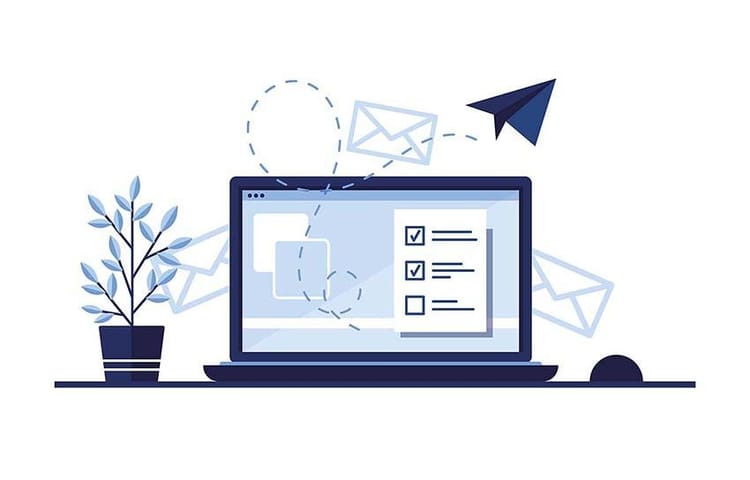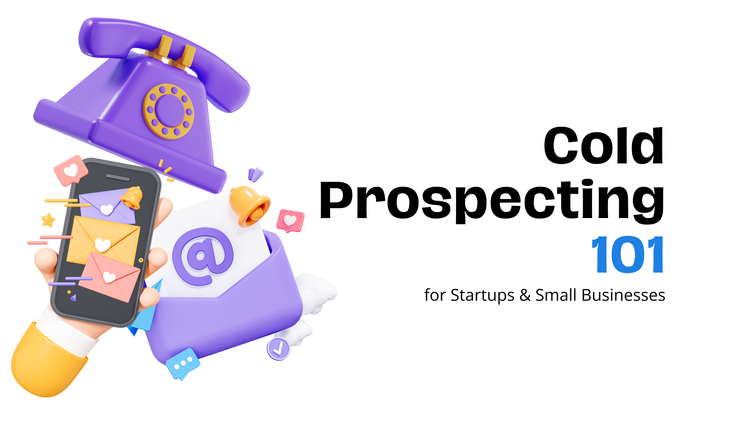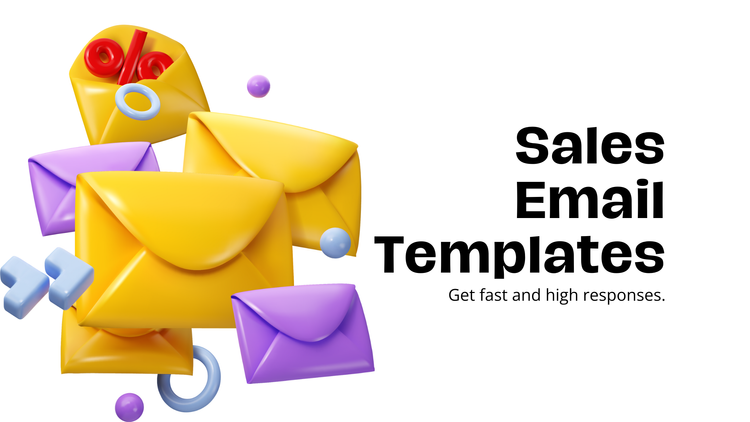Cold Email Call to Action in 2025: Tips & Examples

You finally crafted the perfect cold email. The subject line grabs attention, the opening feels personal, and the pitch is solid. You hit send… and then—nothing.
What went wrong? Chances are, your cold email call to action wasn’t strong enough.
Here’s the truth: Cold email works. In fact, cold email generates 36% of B2B leads, making it the most effective outreach channel, ahead of cold calling (18%). But even the best emails fall flat if they don’t tell the recipient exactly what to do next.
Most people don’t wake up excited to respond to a stranger’s email. If your CTA is vague, boring, or asking for too much too soon, they’ll just move on. A strong cold email CTA removes friction, makes the next step effortless, and gives them a reason to care.
This guide will break down:
- What makes a cold email call to action work (and what kills your response rate)
- Simple tweaks that turn “meh” CTAs into irresistible ones
- Expert-backed examples to boost replies and conversions
Let’s fix those CTAs so your emails stop getting ignored.
What makes a good email call to action?
Simply throwing in a green button at the bottom of your email that says Book Now or Get in Touch or Shop Store is technically considered a call-to-action. But is it enough to separate your cold email from the hundreds of others people receive in a day? Probably not, considering it’ll look just like most of the other 126 or more business emails they receive in a day. Most of us have trained our brains to filter through our email inbox.
That’s why the key to writing a good email call-to-action is to catch someone’s attention before your cold email falls victim to filtering. But that’s easier said than done. How do you separate your email call-to-action from the pack? Well, there are few ways to do that:
Personalize it so it is relevant to the recipient
You have to know the interests of your cold email outreach target audience to intrigue them with relevant information. That’s the only way they’ll click on something — to pursue what will solve their business needs. Getting someone you don’t know to like something they weren’t interested in before is an uphill battle. But when you have something they want, they’ll take time out of their busy schedules to obtain it.
In Dale Carnegie’s How to Win Friends and Influence People, he famously wrote, “The only way on earth to influence other people is to talk about what they want and show them how to get it.”
And that’s exactly what a CTA is — showing your prospects what they want and easy directions to find it. You can keep the copy as simple as this:
“Show me how”
Or even better and more personalized:
“Show me how [product name] can save me 30 minutes every day”
Make it easy for them to take action
It’s often best to only include one cold email CTA in your correspondence. Offering multiple call-to-actions can result in what is known as Decision Paralysis, where people can’t decide what to do. Instead, they make no choice — and give up. You want to make your email call-to-action as simple as possible to follow. Decide on only one thing you want them to do. For cold emails, this might include replying, booking a quick meeting or demo, or downloading a helpful piece of content like a whitepaper.
You may still have other links in your email for them to click on (such as a link in your signature), but only have a singular call-to-action and ask them to do one thing. More is less with a good email call-to-action. Here’s a good email call-to-action to get them to your website — it’s clear, easy to understand, and doesn’t sound pushy:
“Check out the full list of [how you can help them] here”
Establish trust before sending anything
Even before the pandemic, workers were somewhat aware of phishing emails and scams. But now that companies have prioritized cybersecurity and trained employees on what to look for, people are even more hesitant to click on links or attachments. That’s why it’s important to establish trust before sending anything.
That’s the point of cold emailing — to build a relationship and move them along through your outreach funnel. Nobody wants to be told what to do, especially when it’s coming from a total stranger. Instead, ask permission to send them something. Here’s a good example:
“Would you be interested in a 2-minute video about how we can [what you can do for their needs]?”
Provide a calendar link
Instead of giving them a specific date and time to talk, give them the freedom to choose. It’s all about making it as easy as possible for your cold email recipient. Plus, it makes things easier on you because you don’t have to email back and forth to figure out which time works for both of you.
Here’s what you can say for your email call-to-action:
“Here’s my calendar link. Book a 5-minute call at your convenience.”
Restate your value proposition
Your email call-to-action is an excellent opportunity to remind them of the most important parts of your email. In a sense, you’re summarizing what you just told them. This works great because there might be prospects that read quickly through the body of the email and miss key points. This ensures they don't miss the most important reason you can help them.
Take this CTA for example,
“Book a 15-minute call to see how our product/service can increase your revenue.”
While these are certainly examples of solid email call-to-actions, they’re not the magic solution to turn leads into sales. You need to lay the groundwork in the body of your email for these CTAs to work. Your call-to-action is there to give them a little push in the right direction.
If you’re going to be cold emailing prospects with an effective call-to-action, you’ll need a list of email addresses for professionals. Skrapp.io provides an advanced prospecting email tool to help professionals launch cold email outreach campaigns.
Let us help you find emails for those well-written email call-to-actions with our email lookup web extension!
FAQs: Cold Email Call to Action
What is a CTA in a cold email?
A CTA (call to action) in a cold email is a direct request encouraging the recipient to take the next step. It should be clear, specific, and easy to act on, such as scheduling a call or replying with interest.
What is an example of a call to action in an email?
A strong CTA depends on the email’s goal. If you’re looking for a reply, try: “Would love to hear your thoughts—does this sound like something worth exploring?” If you want to book a meeting: “How does Wednesday at 2 PM for a quick call sound?”
What is the 30/30/50 rule for cold emails?
This rule suggests 30% of success comes from targeting the right audience, 30% from crafting a compelling message, and 50% from follow-ups. A great CTA won’t work if you’re emailing the wrong people or failing to follow up effectively.
What is a good CTA in a cold email?
A good cold email CTA is low-friction and specific. Instead of asking for a big commitment, guide the recipient toward a small action. Example: “Would you be open to a quick 10-minute call next Tuesday?”
What is a CTA in an email?
A CTA (call to action) is the part of an email that tells the recipient what to do next. In a cold email, this could be booking a call, replying with interest, or clicking a link.
What is a good CTR for cold email?
The average click-through rate (CTR) for cold emails is between 1% and 5%, depending on audience targeting and email content. A well-placed CTA that clearly states the next step can improve engagement and conversion rates.





